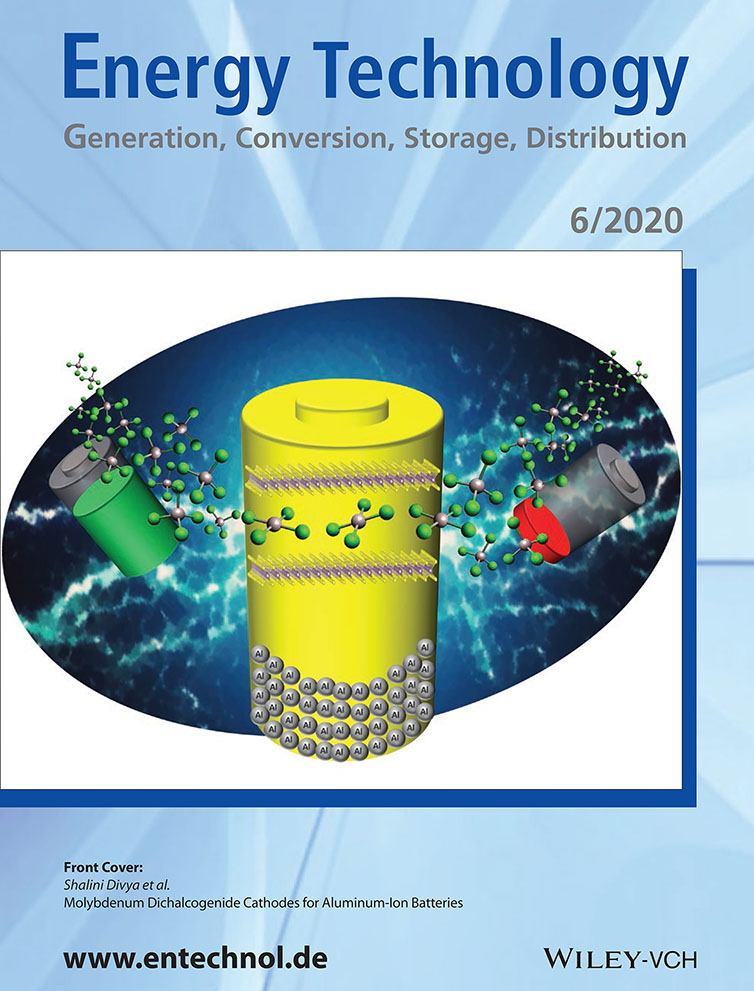Enabling Dual-Ion Batteries via the Reversible Storage of Pyr14+ Cations into Coronene Crystal
Abstract
Dual-ion batteries with pure ionic liquid electrolyte (IL-DIBs) have received increasing interest due to their sustainability, high operating voltage, and environmental friendliness. However, owing to the insertion/extraction of large-size ionic liquid cations, the conventional IL-DIBs with a graphite anode suffer from severe volume expansion and graphite exfoliation on the anode, causing a poor cycling performance. Herein, a novel IL-DIB is constructed by introducing a bulk organic material (coronene) as the anode, against a natural graphite cathode. The results show that, in a voltage window range from 1.0 to 4.4 V, the battery has a high discharge specific capacity of ≈73.3 mA h g−1 and exhibits a good cycling performance for 450 cycles with a lower capacity loss of 0.061 mA h g−1 per cycle at a current density of 300 mA g−1 (3 C). Notably, it still maintains a considerable capacity of ≈55.8 mA h g−1 at a high rate of 10 C. In addition, the reversible intercalation/de-intercalation of the Pyr14+ cations into/from the coronene anode is investigated by ex situ X-ray diffraction and Fourier transform infrared spectroscopy, showing an excellent structure stability of the coronene crystal during the charge–discharge process.
Conflict of Interest
The authors declare no conflict of interest.




